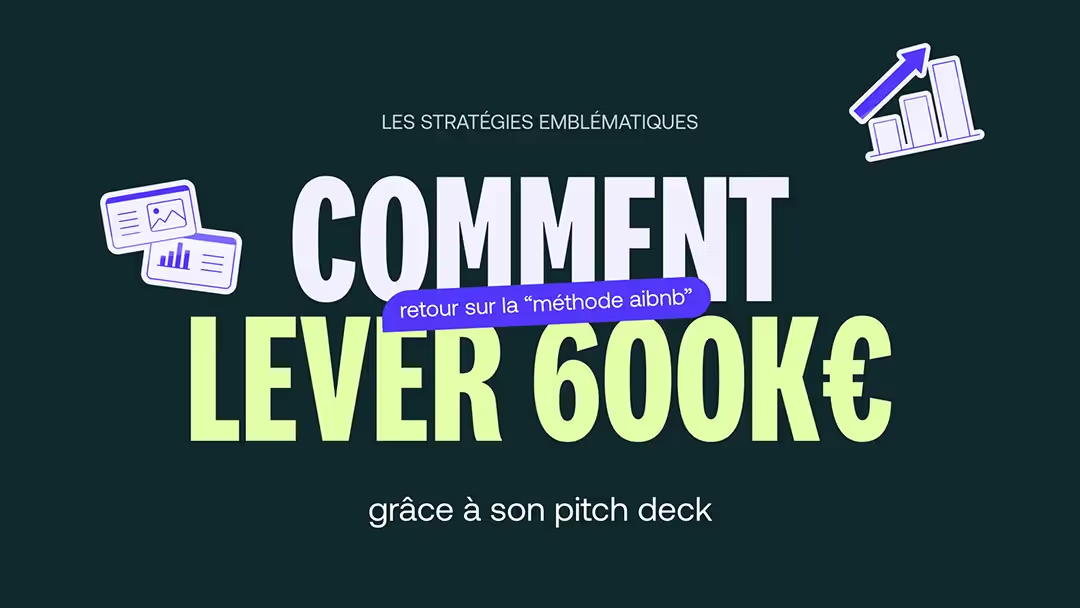Present your cultural projects
Museums, town halls, conservatories, publishing houses and other cultural businesses regularly need to use Powerpoint, let's see how.

museums, Town halls, Conservatories, publishing houses and other cultural businesses regularly need to use Powerpoint or its alternatives as part of their activities.
Today, we are therefore focusing on the codes of this environment and the best practices to adopt.
To shape a shimmering prez, you will need:
- To know how Powerpoint can improve your daily life
- To know all the codes specific to visual creations (chromatic palette, typography and iconography)
- Edifying examples (the perfect mismatch of culture within culture)
- From a zoom on the purpose of the operation, aka “how to marry culture and PPT?”
Let's go!
Cultural presentations & your daily life
If you work for a company or a cultural structure, you must regularly be confronted with visual and oral presentation exercises. And who says presentations of this nature says Powerpoint (or Google Slides, Keynote, etc.)!
In culture, prez serve globally to share specific information about an aspect of development, to present new projects or to support existing ones, etc.
- You are a museum ? You may need to create a PowerPoint presentation to illustrate a new exhibition project, which involves showing images of the art that will be on display, sharing information about the artist or the theme of the exhibition, or describing the logistical details of the event. You can also present research on a specific piece of art, which includes information about the history of the work, its importance in the art movement to which it belongs, or its impact on contemporary culture. Finally, you may be asked to exhibit a future or existing collection, showing how each piece fits into a larger context.
- You are a publishing house ? You may need to present a new upcoming book, including an executive summary, author presentation, information about the publishing process, and details about marketing and distribution strategies. You may also need to present specific business reports, such as sales reports, and share sales information, along with past sales data, forecasts for future sales, or market analysis. Additionally, PowerPoint presentations can be used to discuss current publishing trends, providing an opportunity to exchange ideas and think about new strategies.
- You are a Town hall ? Whether it's to explain ongoing cultural projects (including information on upcoming events, details on community initiatives, or updates on renovations or construction), the budget for cultural initiatives (by detailing how the money will be spent and justifying the costs) or to share the results of a survey on local cultural activities (by presenting data and statistics to help inform future decisions), Powerpoint will be your ally for present your ideas in a clear and orderly manner
- You are a conservatory ? With a prez, you can describe programs of study (information on courses offered, graduation requirements, and details of performances and recitals), introduce teams and professors (a small organizational chart has never killed anyone), or explain the institution's processes, from the audition process to the selection process, to the proposed teaching process.
- Are you a company with cultural missions or links? You can use Powerpoint to explain your transmission values, your processes, the teams working to meet your challenges or even the specific events that you can carry out in favor of cultural causes. Whether it's one-off events or permanent integration into company briefs or presentations at investor meetings, the formulation of your ideas via a Powerpoint design will only be more successful and understandable.
You must have a reason to put PowerPoint at the heart of your strategic considerations.
Create cultural presentations
The graphic style Regroups the typography, the chromatic palette (the colors), the shapes and the iconographies (the visuals) that play a central role in the visual communication of a brand. When designing our prez, our designers use these four principles to create striking slides.
The color palette of culture
Because the areas covered by culture are varied, so are the colors!
Indeed, a wide color palette is found in presentations intended for cultural businesses; often, these are intense and dynamic colors that inspire and provoke action.
Depending on the specialty of the structure, we will rather have solid and versatile shades such as blue or green, colors recalling the earth and natural elements, while other companies favor the explosion of pigments and turn to purple, which symbolizes mystery, or red, which symbolizes action and dynamism.
Generally, we observe the persistence of a dominant color in the graphics, with few variations and few gradients: companies choose a specific color and stick to it.
For example, TF1, a large audiovisual company, offers all its slides in the characteristic blue of its graphic charter, while Pika Édition has opted for a bright purple.

Typography and words in culture
In the cultural environment, we often find elegant fonts, sometimes with unique or artistic characters to highlight the creative and innovative aspect of the sector.
Depending on their specific field, some organizations may prefer more classical fonts to evoke a sense of tradition and history, while others may opt for more modern and daring fonts to show their edgy and dynamic character.
Regardless of the choice of typography, the objective in a presentation is always to make the content easier to read and understand, while creating a strong and memorable brand image.
Generally, cultural businesses use specialized and precise vocabulary to reflect their expertise in their respective fields. The vocabulary used is often descriptive and informative, aimed at transmitting knowledge or telling a story. It can also be evocative, seeking to arouse interest or emotion in the reader.

Iconography in culture
Les cultural sectors stand out from traditional goods and services companies by their search for beauty, knowledge and authenticity.
The iconographies chosen support this aspect of transmission by the role of cultural portal they offer. They must be the reflection of knowledge and a reanimated reality. As a result, photographs are mostly found among the iconographies, and not illustrations or pictograms that could caricature certain aspects mentioned.
The cultural sector focuses on what is true and is recognized by its desire to transmit and share. A museum will be able to highlight the emblematic pieces of its collections, a publishing house will present its most beautiful covers, a conservatory will depict its teachers and students in action to reveal the human behind The institution, etc.
The representation of reality is at the heart of the considerations, but to this is added a part of dreams and illusions, because some cultural fields lend themselves easily to the game of the imagination and try to bring lightness and travel to their audience.
Consequently, iconography focuses on photographs of actors in the sector, photographs of the places and objects promoted or even on evocative images, whether photographed or drawn.
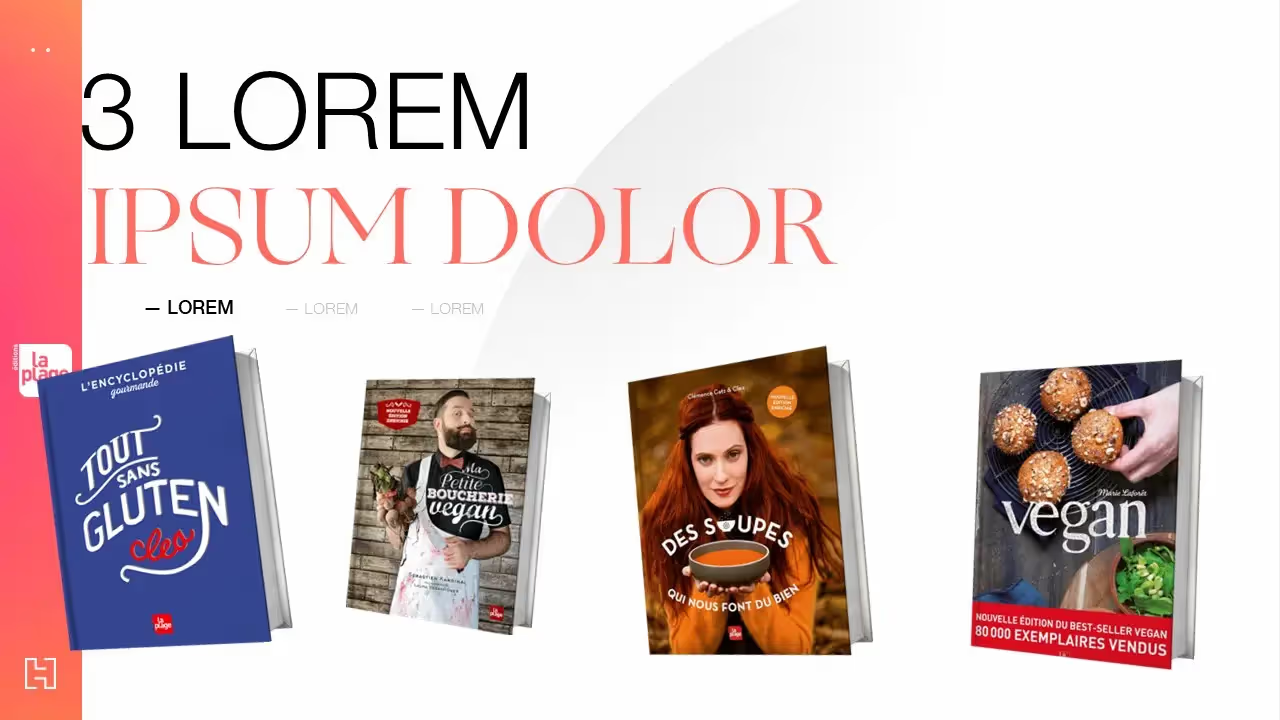
Our favorite presentations related to culture
We love all the presentations we make and choosing is a real challenge! So, instead of really answering the question of our favorite presentations in this field, we opt for another axis, namely to sequence the strategic presentations of the templates and to present you some of our greatest successes.
Strategic presentations
Many cultural businesses ask us to make strategic presentations for them, whether they are internal presentations, presentations for investors, business, financial or managerial strategy presentations, etc.
These are important slideshows that require a lot of application since they are intended for a large number of people, sometimes even for the entire company.
For Hachette Livre, we made a presentation for their 2023 plenary. This slideshow included elements of Art Direction (AD), Variations (DE) and animation inputs, which made it all the more lively and vibrant. The entire presentation is very refined to increase ease of reading and is full of “flashy” and dynamic colors; the rendering is fresh and clear, and reflects a desire for modernity and global clarity.
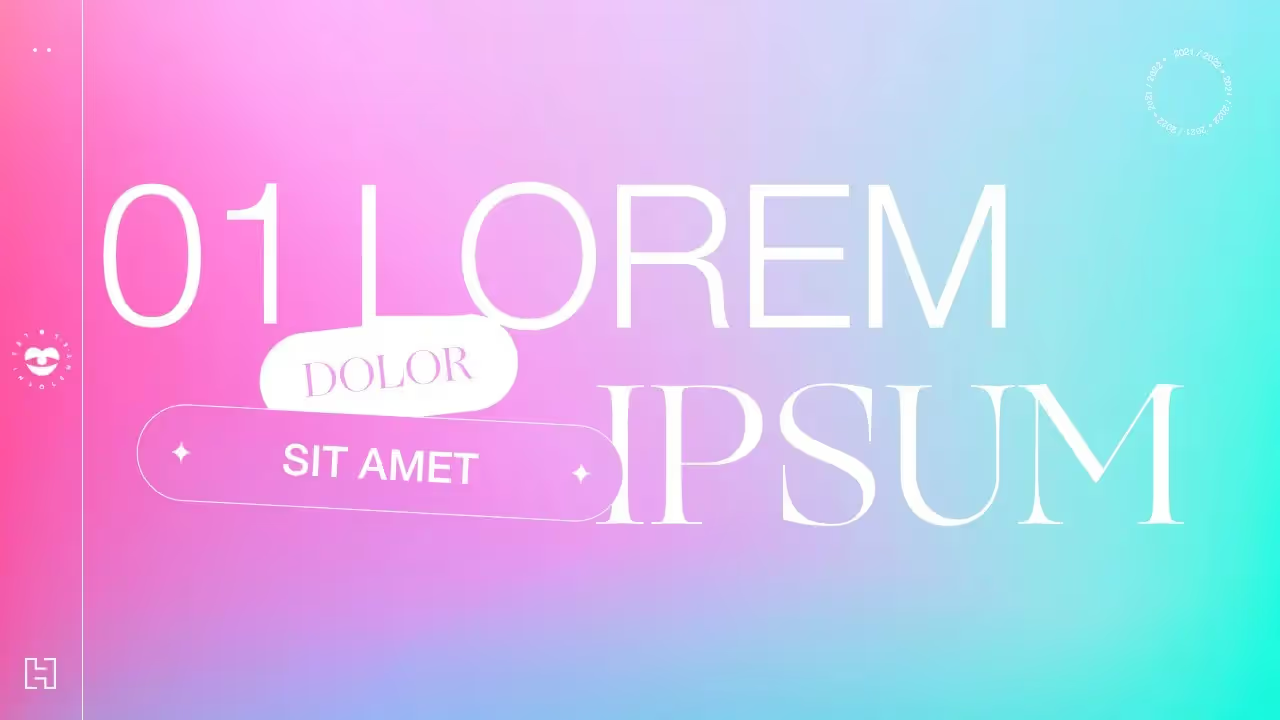
TF1 Factory ordered a complete and demanding event presentation from us since it included animation and 3D effects for a completely immersive rendering. The presentation combines futuristic elements -represented by avant-garde typography and metallic colors- and context visuals -photographs of the company's successes over the past year- that bring freshness and renewal.
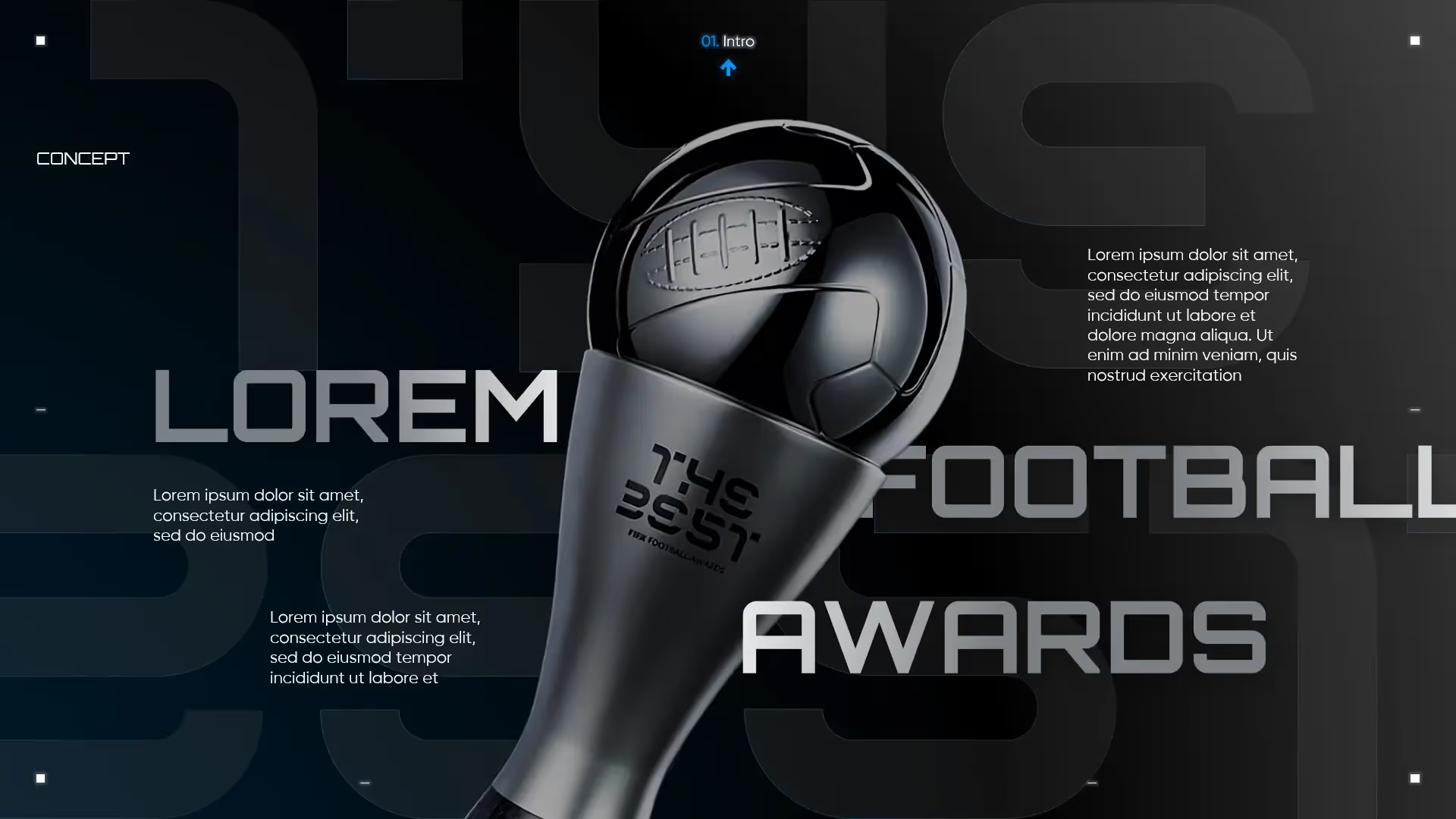
The templates
Sometimes our customers are looking for a document that will follow them over time and can be reused for new opportunities. In order to meet their demand, we design reusable templates using modular elements based on the Slide mask and thanks to the banks of pictograms or visuals that we leave at the end of our presentations. This way, customers are ready for any eventuality!
We offered the Philharmonie du Luxembourg a colorful template to meet its marketing needs. The presentation is colorful, joyful and bright, and can be used endlessly according to the future needs of the client. It combines “playful” dividers, slides decorated with visuals in various formats and more traditional and business-oriented slides. Mockups and diagrams of all kinds have also been added to prevent future requirements.
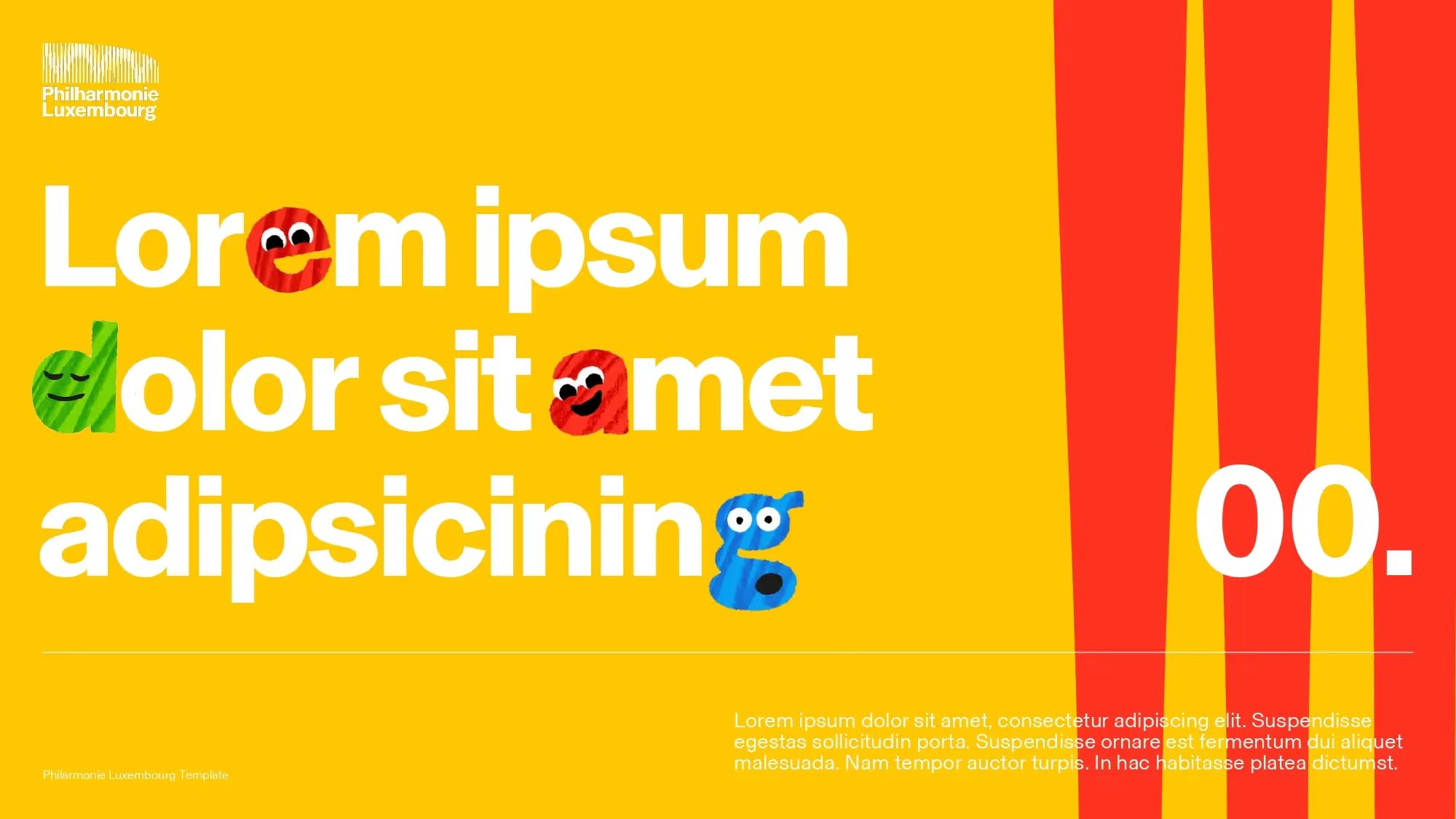
For Team Vitality, we created an energetic template using the codes of their sector of activity, namely video games. The visuals are striking, the shapes are incisive and the colors are powerful. Mockups, diagrams, and editorial calendars have been added to the sample slides to allow the brand to create as many presentations as possible, on any topic.
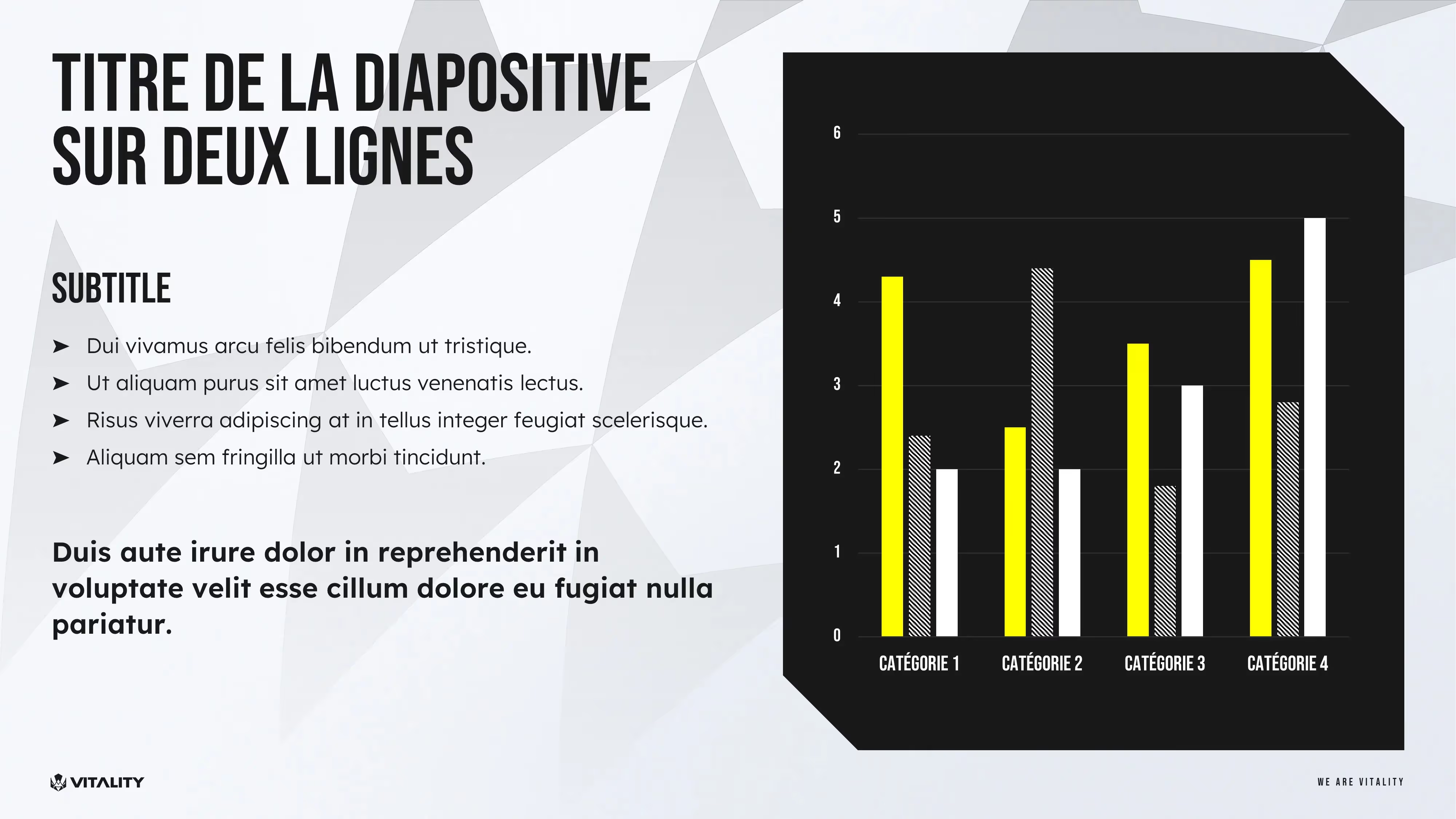
Culture and Powerpoint: focus on a winning combination
In short, Powerpoint is a An essential tool in the world of culture, because it allows information to be transmitted in a clear and visually appealing way. Whether it's for presenting new initiatives, sharing research, illustrating ideas, or telling stories, Powerpoint provides a versatile platform for communicating and engaging audiences effectively. Additionally, with its wide range of design tools and animation features, Powerpoint allows cultural organizations to create presentations that reflect their unique identity and highlight their content in creative and innovative ways.
Finally, Powerpoint is the ideal way to present any cultural project and can be combined with each image to enhance all identities.
Whatever your problems on PPT, we can help you!
See you soon at the Kings of La Prez 👑
Ce qu'il faut retenir
- The diversity of cultural actors, such as museums, publishing houses and town halls, shows that Powerpoint is omnipresent in this field to create visually appealing and informative presentations.
- The emphasis on the authentic representation of reality, while leaving room for a part of dreams and emotions, highlights the importance of carefully choosing visuals and graphic elements to captivate the audience.
- The conclusion also highlights the company's commitment to helping cultural professionals master the subtleties of Powerpoint to create compelling and successful presentations.


